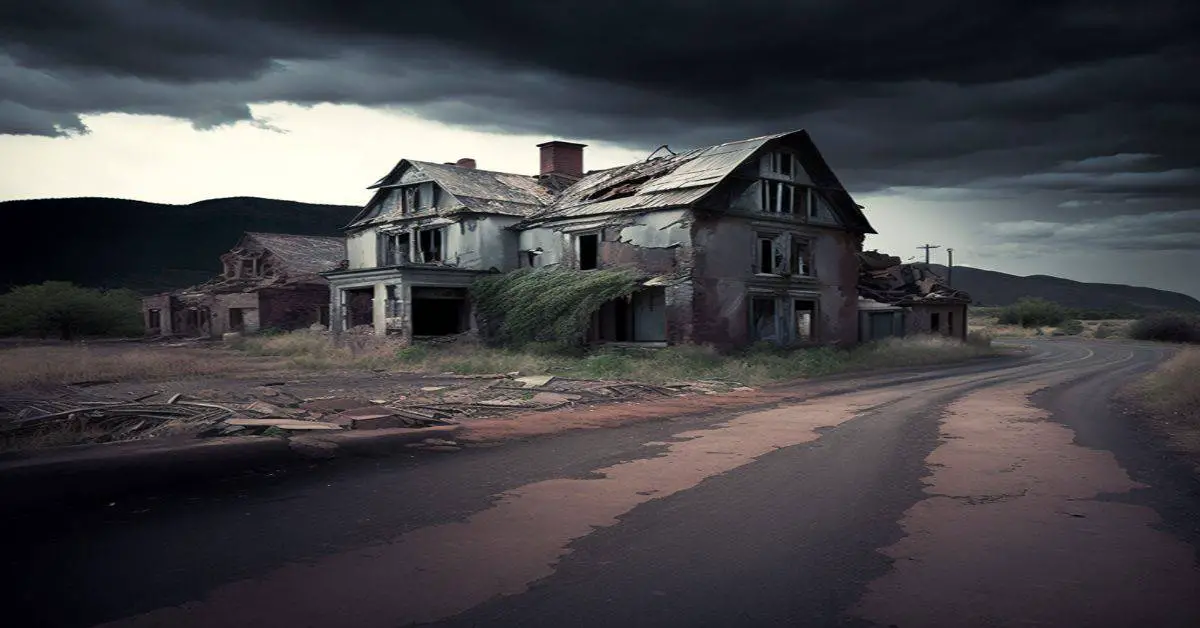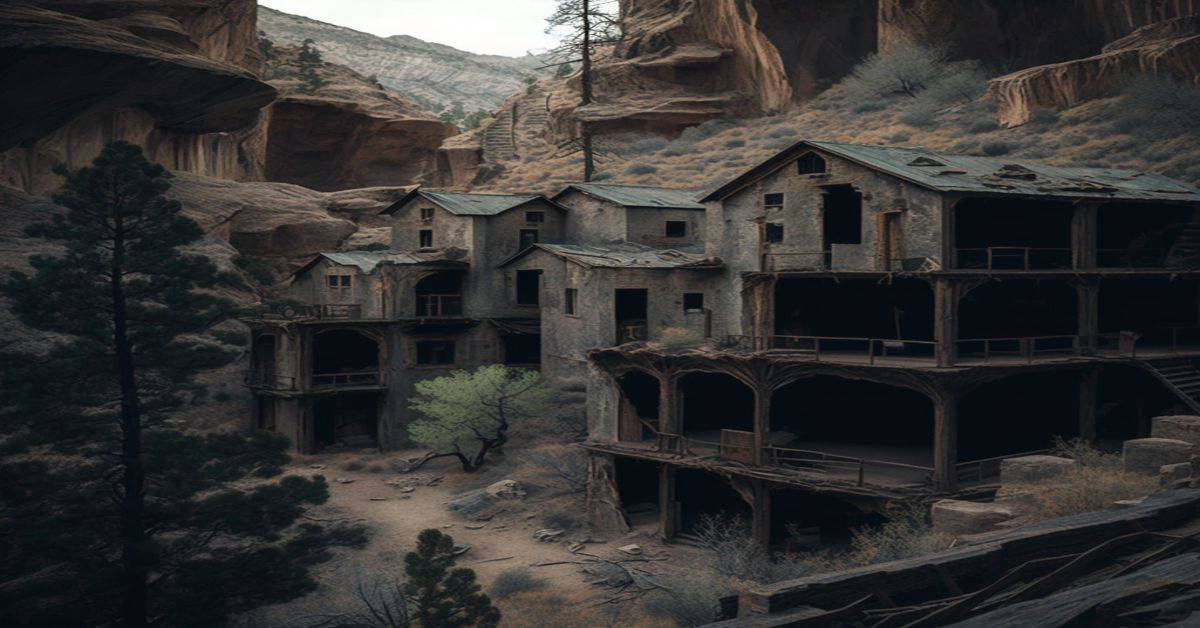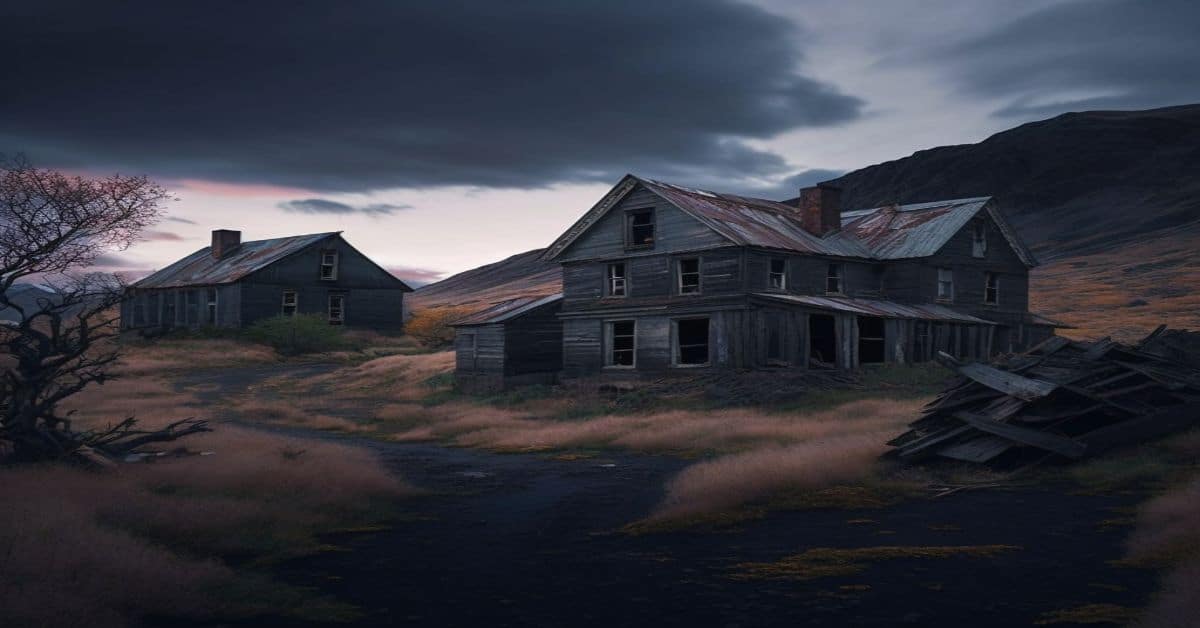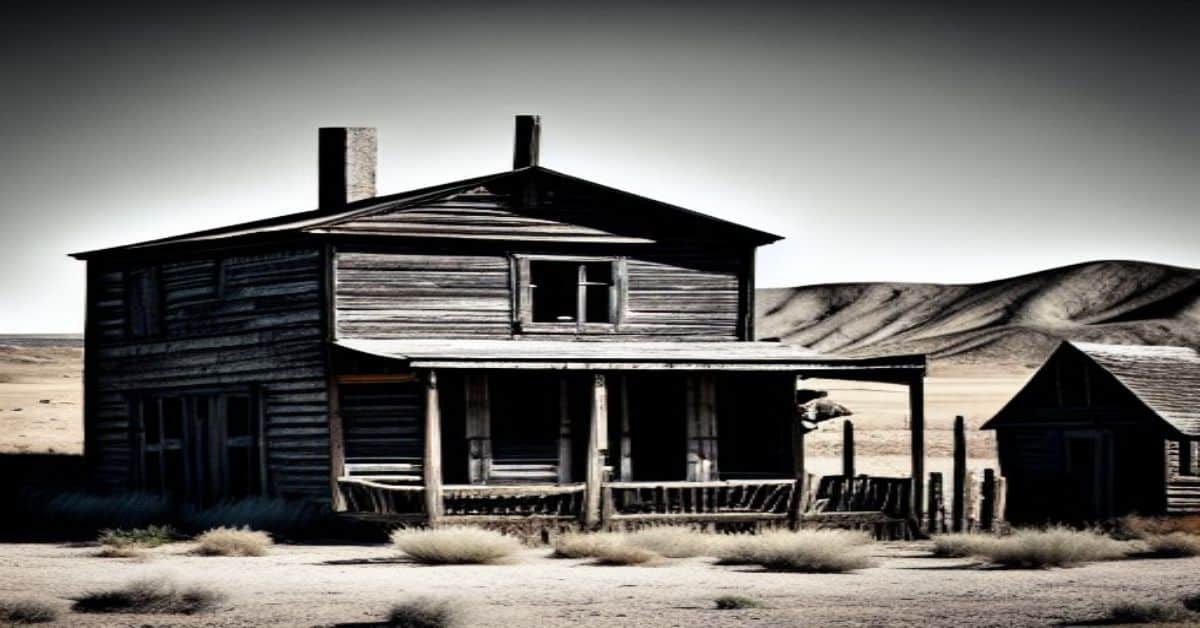Eureka Utah Ghost Town, a once-thriving mining town in the East Tintic Mountains, now offers visitors a glimpse into its rich past and the opportunity to explore its historic sites, buildings, and mines.
Today, with just a few hundred people, Eureka has become a fascinating destination for those interested in the fascinating history of mining towns in the American West.
Eureka Utah Ghost Town, nestled within northern Juab County, was once a bustling mining community and the ninth-largest city in Utah. Founded in 1870, Eureka was home to several of the most productive mines in the region, which drew thousands of people to the area during its heyday.
As time passed and the mines closed, the population dwindled, and many businesses lining Main Street shuttered their doors. Today, Eureka Utah Ghost Town offers a unique opportunity for visitors to explore its well-preserved history, historic buildings, and beautiful surrounding landscapes.
The Birth of Eureka, Utah
Eureka, Utah was founded in 1870 after silver and other ores were discovered in the area. The town was initially called Ruby Hollow but later changed to Eureka, reflecting the mining boom’s excitement.
The Tintic Mining District was established in 1869, and soon after, Eureka became the center of local telegraph services and a railroad station. The town’s population quickly grew, reaching its peak of around 3,900 people in 1910.
The Mining Boom
During the mining boom, millions of dollars’ worth of ore were extracted from the mines surrounding Eureka, Utah Ghost Town. The “Big Four” mines—Bullion Beck and Champion, Centennial Eureka, Eureka Hill, and Gemini—were responsible for most of the wealth generated in the area.
Eureka also had connections to the Chief Consolidated Mining Company, which later became the largest silver producer in the United States.
The prosperity of Eureka caught the attention of investors and entrepreneurs, leading to the construction of numerous mines, businesses, and homes in the area. At its peak, Eureka was known as one of the West’s quietest and most prosperous mining towns.
Famous Figures of Eureka Utah
Several notable figures have ties to Eureka Utah Ghost Town. James Cash Penney, the founder of J.C. Penney department stores, opened his second “Golden Rule” store in Eureka in 1909.
Also, mining magnate Jesse Knight, who financially contributed to Brigham Young University, chose Eureka as the location for his mining investments, including the Humbug mine. He also built a company town near Eureka, called Knightsville, which has since become a ghost town.
Frank J. Zamboni, the inventor of the Zamboni ice resurfacing machine, was born in Eureka. Additionally, Porter Rockwell, a Wild West lawman, had a cabin along Eureka’s Main Street. Today, a western diner named Porter’s Place pays homage to this historical figure.
The Decline of Mining and Eureka’s Ghost Town Status
As with many mining towns, the success of Eureka Utah Ghost Town could not last forever.
By the 1930s, the mines began to play out, and groundwater issues and other challenges made mining operations increasingly unprofitable. The last major mine in the area closed in 1957, and with a lack of jobs, the town’s population gradually dwindled.
Many of the businesses along Main Street closed their doors, and Eureka gradually transformed into the ghost town it is today. Despite its decline, Eureka’s historic buildings and sites have been well-preserved, offering visitors a unique opportunity to explore the town’s rich history.
Preservation and Revitalization
Recognizing the importance of Eureka Utah Ghost Town’s history and its potential as a tourist destination, the town was placed on the National Register of Historic Places in 1979. This designation has helped protect and preserve the town’s historic sites and locations for future generations.
Efforts have been made to revitalize Eureka and restore some of its historic buildings. The Tintic Mining Museum, for example, offers visitors a chance to learn about the town’s mining history, while the former Miner’s Union Hall now serves as a museum.
Several historic churches, built in the Gothic Revival style, can also be found along Eureka’s Main Street.
Exploring Eureka Today
Eureka Utah Ghost Town visitors can walk down Main Street, taking in the historic buildings and imagining life during the town’s mining boom. The Tintic Mining Museum, housed in a former Miner’s Union Hall, offers an in-depth look at the area’s mining history and displays artifacts from Eureka’s early days.
Those interested in the town’s famous figures can visit Porter’s Place, a western diner named after lawman Porter Rockwell, or explore the remains of Knightsville, the company town built by Jesse Knight.
Visiting Eureka, Utah Ghost Town
Eureka is located on Highway 6, about 70 miles southwest of Salt Lake City. Visitors can easily explore the town by car or on foot, as plenty of parking spaces are available along Main Street.
While visiting the town, stop by the Tintic Mining Museum, the Juab County Courthouse, and the many historic churches and buildings that line the streets.
Outdoor Activities Around Eureka
In addition to its historic sites, Eureka Utah Ghost Town offers a variety of outdoor activities in the surrounding area. Hiking and biking trails allow one to explore the beautiful landscapes of the East Tintic Mountains, while fishing enthusiasts can try their luck at nearby fishing holes.
The Little Sahara Sand Dunes, a popular recreational area, is also a short drive from Eureka.
Conclusion
Eureka Utah Ghost Town offers a unique opportunity to step back in time and explore the history of a once-prosperous mining town. With its well-preserved historic buildings, fascinating mining history, and beautiful surrounding landscapes, Eureka is a must-visit destination for anyone interested in the history of the American West.
Whether you’re a history buff or simply looking for a unique and picturesque destination, Eureka Utah Ghost Town is well worth a visit.



